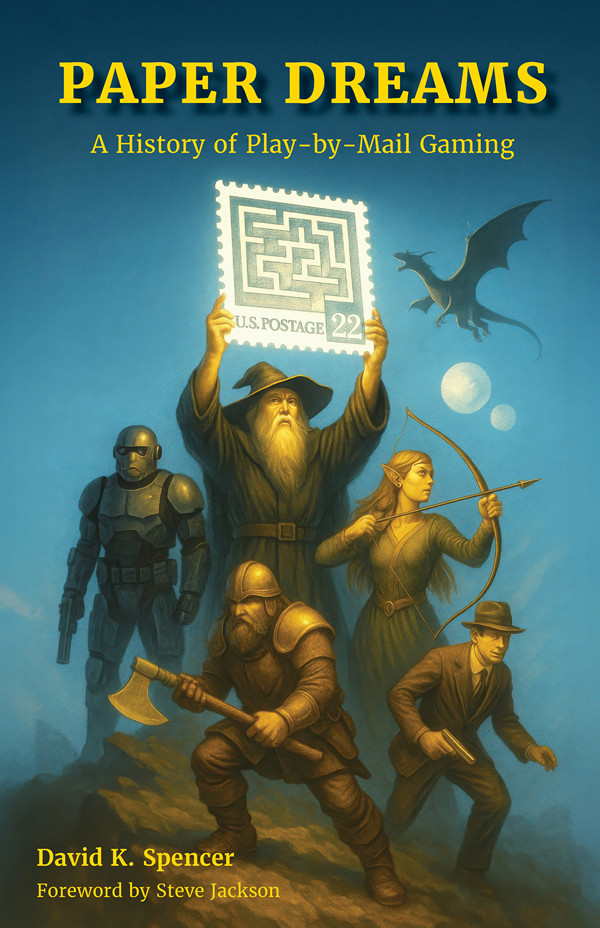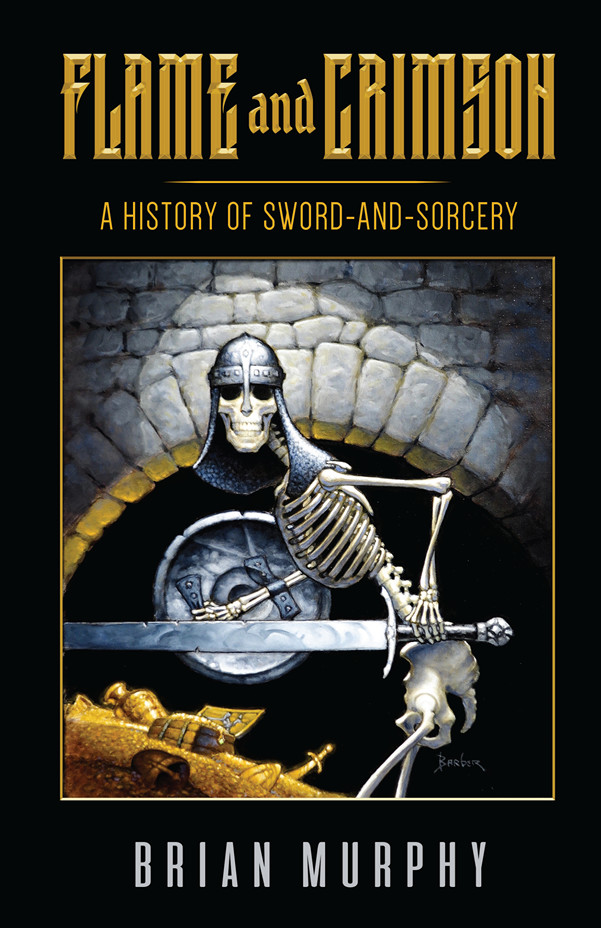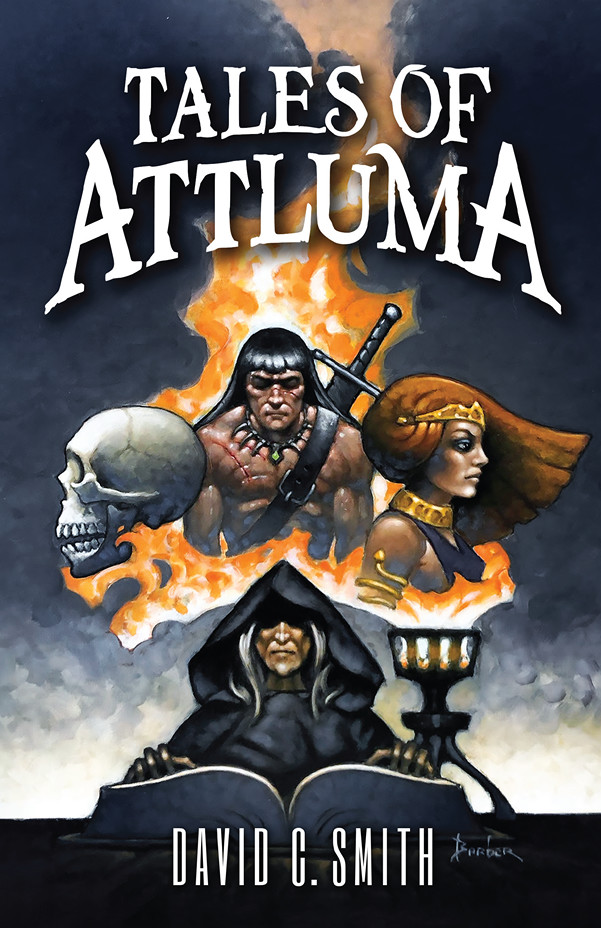All for a Stamp
Commercial multi-player gaming before the internet, when post was pixel, and mail still hadn’t gotten its “e”.
1970. The Nixon Administration. Vietnam. The Cold War. Nuclear Destruction … played through the mail.
For a few bucks per turn paid to Flying Buffalo, Inc., a little company in Scottsdale, Arizona, and the designers of popular postal games like Nuclear Destruction, Heroic Fantasy, and Starweb, you could irradiate the world, cast fireballs, and drop Planet Buster Bombs. Or, elsewhere, guide a tribe to greatness in a medieval world. Or master the stars. But there was a catch.
Time. Every two weeks you’d scribble your orders on a piece of paper, mail the paper to a gamemaster for human or computer adjudication, and then wait anxiously by your mailbox for the results. Two weeks. But for tens of thousands of people, it was the only multi-player gaming experience in town.
Welcome to the short-lived but bright-burning fad of PBM (play-by-mail) gaming.
David K. Spencer presents the fascinating history of this overlooked gaming niche that brought together players from around the world in an age when email was aspirational and the web had yet to be spun. Through feuds and friendships, bonds formed and community developed. Hundreds of games were available, many of them lasting for years. Players attended conventions. Some got married. A few went to jail.
Then it all fell apart. Technology slew the postal dragon.
This is the untold story of off-line multi-player gaming and how its decline heralded the rise of the massive, immensely popular online games of today.



